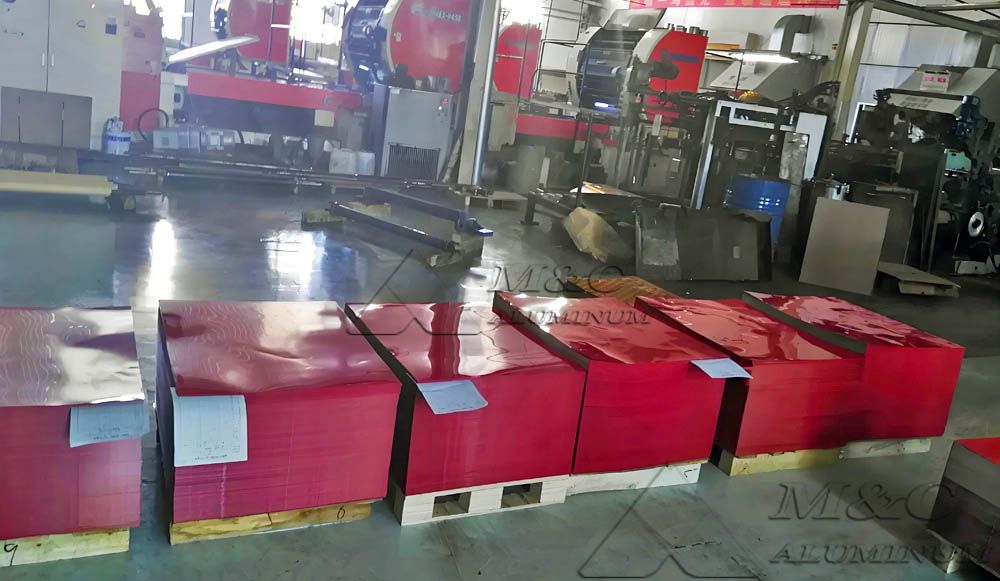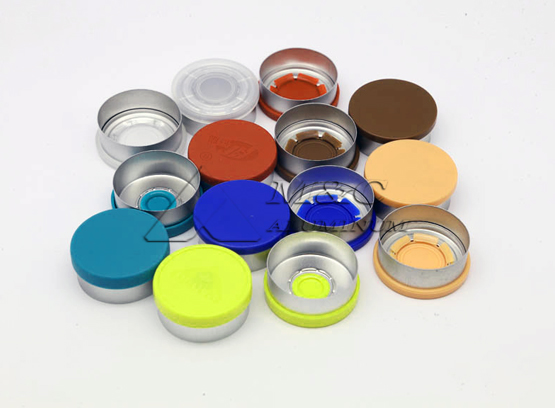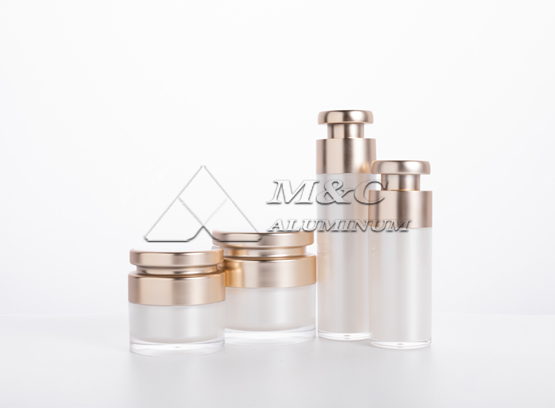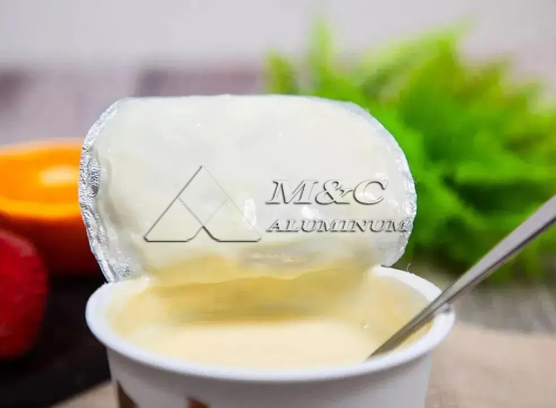- Address:Zhengzhou, Henan, China
- Mon-Fri (8am - 6pm)
- sales@alummc.com

Best supplier of painted 3105 bottle cap aluminum sheet
In the bottle cap manufacturing industry, raw material selection directly affects sealing performance, appearance quality, and corrosion resistance. Commonly used alloys include 8011, 3105, 1060, and 5052 aluminum alloys. Among them, 3105 H14/H16 aluminum sheets have become one of the most widely used materials for painted bottle caps. Its excellent corrosion resistance, moderate strength, and superior coating adhesion make it ideal for producing beverage caps, olive oil caps, cosmetic caps, and pharmaceutical closures.
About 3105 Aluminum Sheet
The 3105 aluminum sheet is an aluminum-manganese-magnesium alloy, with manganese and magnesium added to improve mechanical strength and corrosion resistance. Compared to pure aluminum, 3105 offers higher strength and better processing performance.
For bottle cap production, 3105 aluminum sheets are flat, free of roll marks and oil spots, making them suitable for high-quality printing and clear patterns.
Compared to the 1000 series pure aluminum, 3105 offers approximately 20% higher strength, allowing for thinner material to meet the same structural requirements, reducing material costs.
Compared to 3003 aluminum, 3105 contains a balanced amount of magnesium and minor amounts of titanium, chromium, and copper, giving it higher fatigue strength and maintaining consistent performance during repeated opening and closing of caps.
Compared to 8011 aluminum, 3105 provides better coating performance and tensile strength, making it suitable for decorative and high-end packaging applications.

Painted 3105 Aluminum Sheet
Regarding coating types, bottle cap aluminum sheets can be selected from different types such as PVDF, PE, EOXY, and PU, depending on the requirements. Coating thickness is typically: single-sided coating (4-20 μm), double-sided coating (25-28 μm), or triple-sided coating (35-38 μm).
To meet the decorative needs of bottle cap products, 3105 aluminum sheets support multi-color printing technology, offering ample design space, easy color matching, good saturation, and high gloss. During the production process, measures are taken to prevent color fading, uneven color, and printing errors.

Performance Advantages of 3105 Aluminum Sheet for Bottle Caps
High Corrosion Resistance
Inner coating isolates contents, ensuring safety and extending shelf life of food and beverages.
Excellent Formability and Flexibility
Coatings remain intact during high-strength stamping and rolling, ensuring production efficiency and product quality.
Outstanding Aesthetic Appeal
Provides uniform base color, supports complex printing, and enhances brand visual appeal.
Safety
Inner and outer coatings comply with food-grade safety certifications (e.g., FDA), protecting consumer health.
Lightweight and Recyclable
Aluminum caps are light and fully recyclable, aligning with sustainable packaging trends.
Specifications of 3105 Aluminum Sheet for Bottle Caps
| Alloy | 3105 |
| Temper | H14 / H16 / H18 |
| Thickness | 0.15 mm - 0.30 mm |
| Width | 200 mm -1500 mm |
| Length | Customizable |
| Tensile Strength | 125-180 MPa |
| Elongation | ≥2% |
| Surface Treatment | Painted / Color-coated / Embossed |
| Color Options | Silver, Gold, Red, Green, Black, Custom |
| MOQ | 1–3 tons |
Applications of Painted 3105 Aluminum Sheet
Olive oil bottle caps
Wine and spirits bottle stoppers
Carbonated beverage caps
Cosmetic jars and lids
Pharmaceutical container seals
Production Process of Painted 3105 Aluminum Sheet
1. Casting and Hot Rolling: Produce uniform aluminum billets.
2. Cold Rolling: Achieve desired thickness (typically 0.20–0.30 mm for caps).
3. Degreasing and Chemical Treatment: Improve paint adhesion.
4. Coating and Baking: Apply PE/PVDF coatings through a continuous coating line.
5. Slitting and Rewinding: Cut sheets into rolls suitable for cap production.
6. Quality Inspection: Test gloss, adhesion, tensile strength, and coating thickness.
Related Articles
- Price of 3105 aluminum coil for aluminum bottle cap
- Beer bottle cap material aluminum sheet
- Hot-rolled aluminum alloy for bottle caps
- Why is 3105 Aluminum Sheet the Ideal Choice for Closure Caps?
- Color coated aluminum sheet for aluminum screw caps
- Factors affecting color-coated aluminum closure sheet
-
Advisory Message
Alloy Grade Thickness, Application, etc.
-
Quick Reply
Quick reply within 30 minutes
-
Getting Information
One-to-one design and customized production plan










